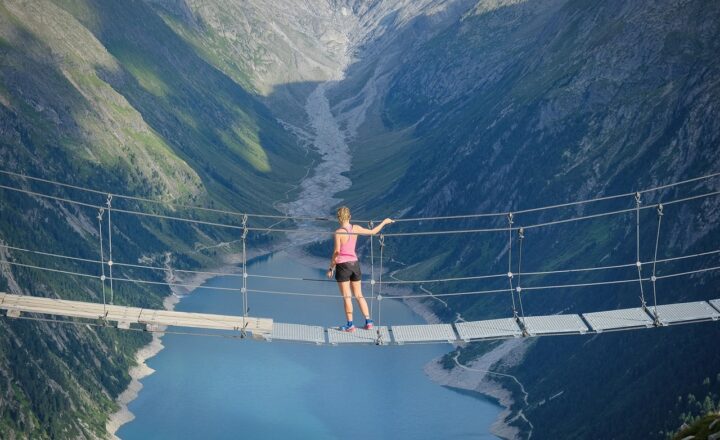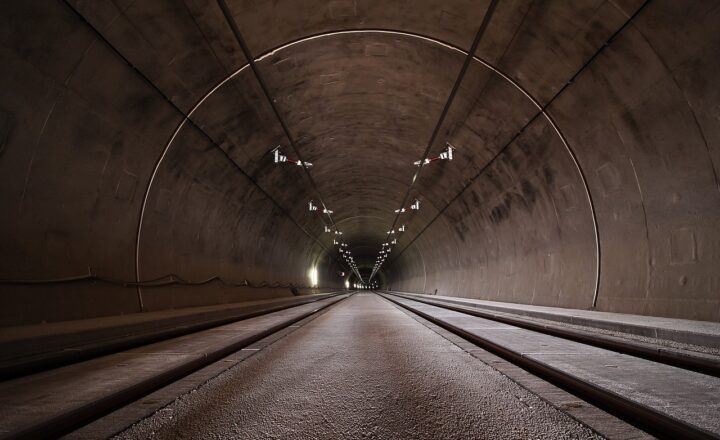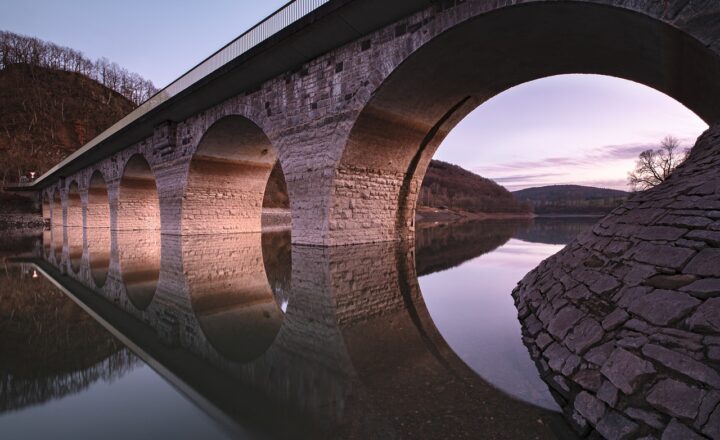The Most Creative Bridges Ever Built and Their Hidden Engineering Tricks
November 17, 2024

Bridges are not just structures that connect two landmasses; they are marvels of engineering that demonstrate human ingenuity and creativity. Throughout history, we have constructed bridges that not only serve their purpose but also capture the imagination with their unique designs and engineering tricks.
In this article, we will explore some of the most creative bridges ever built, delving into the engineering techniques that make them possible and the stories behind their construction.
1. The Golden Gate Bridge: An Icon of Innovation
The Golden Gate Bridge, completed in 1937, is arguably one of the most recognized bridges in the world. Spanning 1.7 miles across the Golden Gate Strait in San Francisco, California, it was the longest and tallest suspension bridge when it was completed.
Engineering Tricks:
– **Suspension Cables:** The bridge employs a suspension system that uses large cables to support the deck. These cables are anchored at either end, creating a graceful curve that can handle substantial weight. The bridge’s main cables are made from thousands of individual wires, making them incredibly strong.
– **Art Deco Design:** The aesthetic appeal of the bridge comes from its Art Deco design, characterized by its tower’s streamlined shape and its striking International Orange paint. This not only adds to its aesthetic value but also helps it stand out in the foggy weather of San Francisco.
2. The Ponte Vecchio: A Walk Through History
Situated in Florence, Italy, the Ponte Vecchio is one of the oldest and most famous bridges in the world. Dating back to the 14th century, it has stood the test of time due to its unique architectural style.
Engineering Tricks:
– **Stone Arch Design:** The bridge features a series of stone arches that distribute weight evenly and provide structural integrity. This Romanesque design has allowed the Ponte Vecchio to endure centuries of floods and wear.
– **Shops on the Bridge:** Unlike most bridges, the Ponte Vecchio has shops built into it, originally housing butchers. This integration of functional space helped to fortify the bridge during historical conflicts, allowing it to remain a vital part of the city’s economy.
3. The Millau Viaduct: A Modern Marvel
Completed in 2004, the Millau Viaduct in France is the tallest bridge in the world, soaring 1,125 feet above the Tarn River. This cable-stayed bridge showcases the potential of modern engineering.
Engineering Tricks:
– **Asymmetric Design:** The bridge’s towers are deliberately designed to be of different heights, giving it a unique profile that blends with the landscape. This asymmetry also provides a stunning visual experience for drivers crossing the bridge.
– **Aerodynamic Shape:** The bridge is designed with an aerodynamic profile which helps reduce wind resistance. This design consideration is crucial, especially in a region known for its high winds.
4. The Sydney Harbour Bridge: The Coathanger
Often referred to as the ‘Coathanger’ due to its distinctive arch shape, the Sydney Harbour Bridge was completed in 1932 and remains an iconic symbol of Australia. It connects the Sydney central business district with the North Shore.
Engineering Tricks:
– **Steel Arch Design:** The bridge’s arch design was revolutionary at the time, consisting of steel interlocking sections that allowed for lightweight construction while maintaining strength. The arch not only supports the bridge deck but also distributes loads efficiently.
– **Climbing Experience:** The bridge offers an adventure experience where individuals can climb to the top, benefiting from a design that allows for access and safety. This level of user engagement demonstrates the bridge’s versatility as a landmark and attraction.
5. The Akashi Kaikyō Bridge: A Record-Breaking Length
The Akashi Kaikyō Bridge in Japan, completed in 1995, holds the title for the longest central span of any suspension bridge in the world at 1,991 meters. It connects the city of Kobe to Awaji Island.
Engineering Tricks:
– **Seismic Engineering:** Recognizing that it is located in a seismically active region, the bridge adopts advanced seismic design techniques. Its flexible design allows it to sway without compromising structural integrity during earthquakes.
– **Expansion Joints:** The bridge incorporates large expansion joints to accommodate temperature changes and prevent damage to the structure. This foresight into environmental considerations illustrates exemplary engineering practice.
Conclusion
The world’s most creative bridges are not just functional structures but symbols of engineering prowess and human creativity. They embody the vision and ambition of their creators and invite us to appreciate both their technical attributes and their artistic splendor. Learning about these bridges gives us a window into the future, where creativity and engineering continue to push the boundaries of what’s possible.
From the iconic Golden Gate Bridge to the revolutionary Millau Viaduct, each structure tells a unique story. The hidden engineering tricks behind their designs enhance both their safety and their aesthetic appeal, ensuring they stand the test of time.
As we move forward, let us continue to marvel at these engineering feats that not only connect us but also inspire us to imagine the possibilities of architecture and engineering in the years to come.






